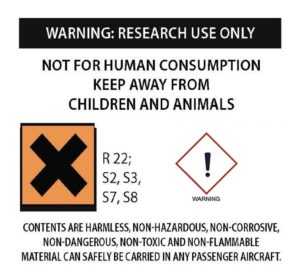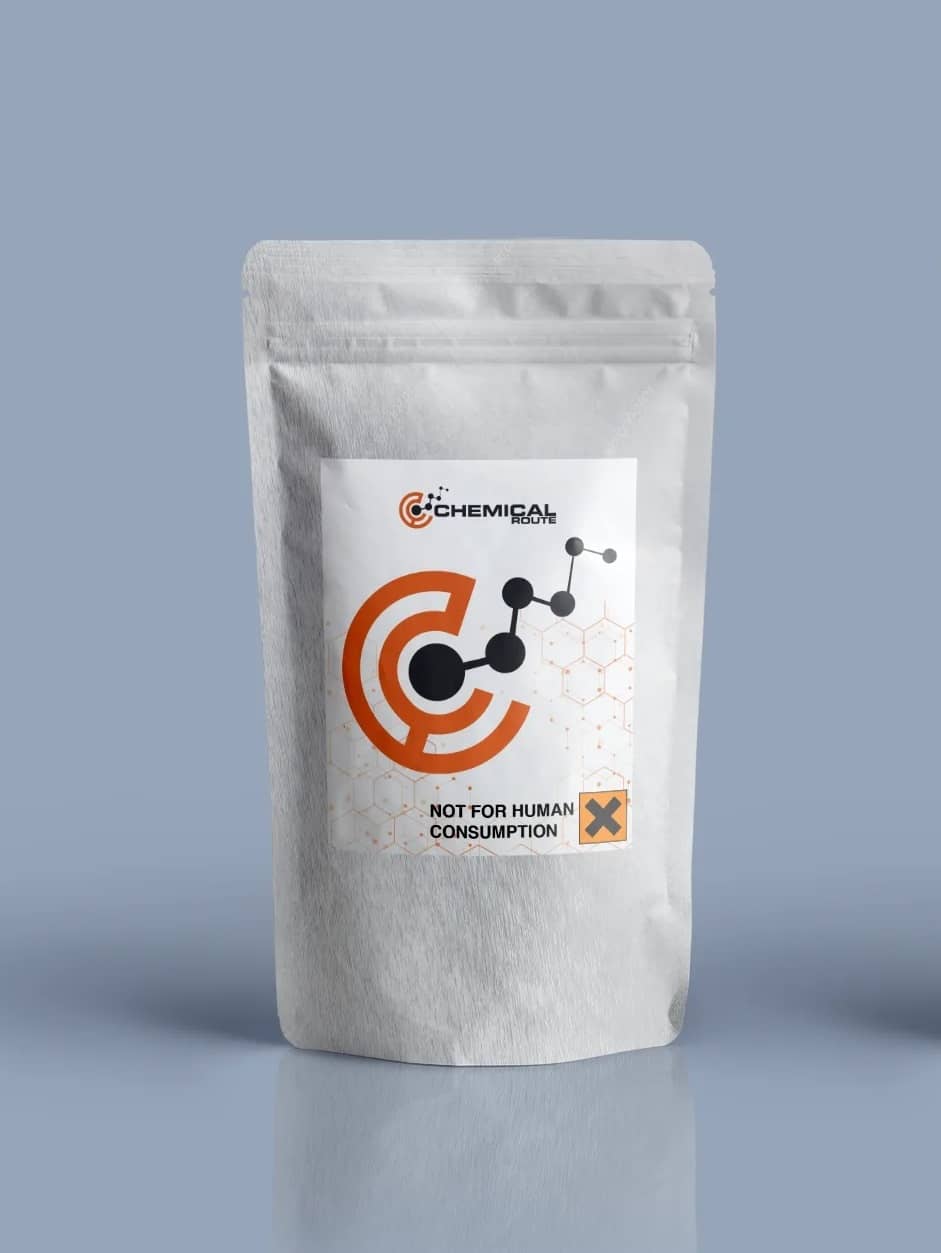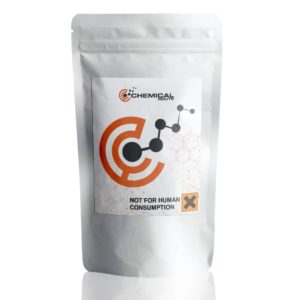Description
Isopropylphenidate, IPPD, IPH
Product information
IUPAC-name propan-2-yl 2-phenyl-2-(piperidin-2-yl)acetate
Synonyms Isopropylphenidate, IPPD, IPH
Formal name propan-2-yl 2-phenyl-2-(piperidin-2-yl)acetate
Cas number 93148-46-0
Formula C16H23NO2
Molar Mass 261.365 g·mol−1
Purity 99.0 % min.
Formulations A neat solid, Powder
Solubility
- DMF: 2.5 mg/ml
- DMSO: 14 mg/ml
- Ethanol: 0.25 mg/ml
- PBS (pH 7.2): 3 mg/ml
Isopropylphenidate, IPPD, IPH
Isopropylphenidate is a piperidine-based stimulant drug that has the same effects as methylphenidate but with the added benefit of an isopropyl ester. It has been investigated if isopropylphenidate can be used as a replacement for methylphenidone for the treatment of ADHD. In one study, it exhibited the same basic activity as a NDRI inhibitor.
Isopropylphenidate is more potent than methylphenidate and has higher transesterification resistance. Its metabolic stability was also confirmed by a study by Portoghese and Malspeis in 1961. A high proportion of isopropylphenidate is metabolized in a body’s fat. This means that isopropylphenidate is more resistant to both enzymatic and chemical hydrolysis than methylphenidate.
Isopropylphenidate is a short-term recreational drug that was released following the ban of ethylphenidate in the UK in 2015. It was later made available on the gray market as a research chemical.
Isopropylphenidate can be prescribed by physicians, pharmacists, and doctors. The white powder is available in health food stores and online. Its effects vary. During a test, patients are usually given a small amount of the drug to help them stay awake during the test.
Isopropylphenidate has a lower effect on the norepinephrine than methylphenidate, but it is still effective as a norepinephrine-dopamine reuptake inhibitor. Despite the low dose, it still increases the number of dopamine neurons in the brain. It is a poor substrate for carboxylesterase 1, which is a common enzyme in the human body.
It has been reported that this drug can stimulate appetite, boost mood, and reduce nausea. Its effects are similar to methlphenidates, though with a less euphoric “rush” component.
Its pharmacological profile is similar to that of methylphenidated, but it is less potent. Its selective and sustained dopaminergic properties make it more useful for treating various mood disorders. If used improperly, isopropylphenidate can increase the risk of seizure.
The effects of isopropylphenidate are similar to those of methylphenidate, but are less intense. The latter is more efficient for study purposes because it has a prolonged action period and less euphoria. Both are good for the brain. This isopropylphenidate is a synthetic compound that is found in natural and pharmaceutical products. It is used in the treatment of anxiety and depression. It has anti-depressant and anti-anxiety properties. It is useful in the treatment of fatigue and various neurological disorders. Isopropylphenidate is safe and has no side effects.
The Chemistry
It is a synthetic version of phenethylamine, which is used as a replacement for amphetamines and substituted phenidate. It features a phenyl ring that is bound to an amino acid. It is structurally similar to that of amphetamine.
Isopropylphenidate is a dual-cyclic compound that diverges from its analogues by the length of the carbon chain. It has been known as a racemic mixture that is exclusively produced as an enantiomer.
Pharmacology
Although in-vivo human studies have not been conducted, the effects of isopropylphenidate on the nervous system have been studied. In vitro studies have also evaluated the affinities of various hydrolytic enzymes for isopropylphenidate. The results of these studies show that isopropylphenidate exhibits a significantly lower affinity for the CES1 hydrolytic enzyme.
The relative activity of both methylphenidate and isopropylphenidate has been shown to have a noteworthy positive effect on dopaminergic activity. Also, the duration of both substances is longer than that of methylphenidate, which indicates that both drugs have a greater potency.
Isopropylphenidate is believed to act as a norepinephrine reuptake inhibitor and a dopamine reuptake inhibitor, which means that it can boost the levels of norepinephrine and dopamine in the brain. This allows the neurotransmitters to accumulate in the brain and cause synaptic stimulation.
The toxicological and physiological properties of this compound has not been analyzed. Usage of this Chemical should be for research and forensic purposes only.
WARNING This product is not for human or veterinary use.

This product is only available to persons of 21 years old and above.
Hazard statement(s)
| H302 | Harmful if swallowed |
| H315 | Causes skin irritation |
| H319 | Causes serious eye irritation |
| H332 | Harmful if inhaled |
| H335 | cause respiratory irritation |
| H336 | cause drowsiness or dizziness |
| Precautionary statement(s) | |
| P264 | Wash hands thoroughly after handling |
| P280 | protective gloves/protective clothing/eye protection/face protection |
| P305 + P351 + P338 | IF IN EYES: Rinse cautiously with for several minutes. Remove contact lenses, if present and easy to do. Continue rinsing. |
| P337 + P313 | If eye irritation persists: Get medical advice/attention |
| P261 | Avoid breathing dust/ fume/ gas/ mist/ vapors/ spray |
| P271 | Use only outdoors or in a well-ventilated area |
| P304 + P340 | IF INHALED: Remove victim to fresh air and keep at rest in a position comfortable for breathing |
| P312 | Call a POISON CENTER or doctor/physician if you feel unwell |
| P403 + P233 | Store in a well-ventilated place. Keep container tightly closed |
| P405 | Store locked up |
| P501 | Dispose of contents/container to a licensed disposal company |




Reviews
There are no reviews yet.